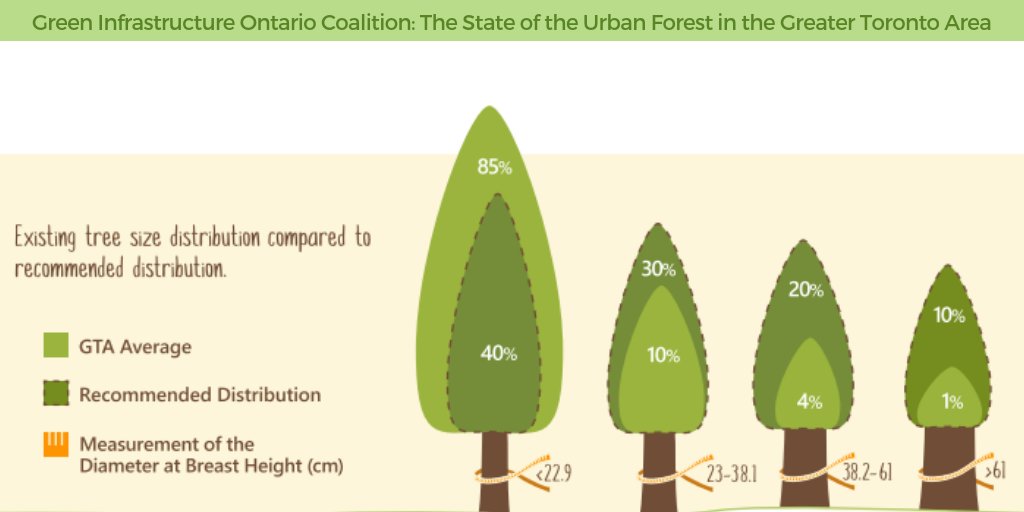Seasonal Tree Maintenance: Standards For Handling Trees Before And After They Are Gotten Rid Of
Seasonal Tree Maintenance: Standards For Handling Trees Before And After They Are Gotten Rid Of
Blog Article
Material Writer-
When it pertains to seasonal tree care, making certain correct monitoring before and after removal can substantially influence the wellness and visual appeals of your landscape. By comprehending the needed actions associated with evaluating tree health and planning for elimination, you can proactively guard your property. But what regarding the essential techniques to comply with as soon as the tree is gone? Keep tuned to discover the vital post-removal care procedures that will certainly aid you grow a successful and sustainable atmosphere for your trees.
Pre-Removal Tree Treatment
Before resolving the removal of a tree, it's critical to prioritize pre-removal tree treatment. Beginning by examining the tree's health and wellness and architectural honesty. Seek indicators of disease, insect problems, or any kind of architectural issues that might pose a safety risk throughout elimination. It's vital to seek advice from a licensed arborist to figure out the best course of action.
Pruning dead or diseased branches can prevent further damages to the tree and make sure a smoother removal procedure.
Furthermore, think about the environmental effect of eliminating the tree. Trees play a vital function in our ecosystem, so planting a new tree in an appropriate location can help offset any loss. Make sure that you have the required authorizations and authorizations for tree removal, especially if the tree is protected by regional policies.
Seasonal Maintenance Tips
Evaluating your tree's requirements throughout the year is important for its health and durability. To keep your trees in top condition, adhere to these seasonal maintenance ideas.
In landscaping jobs auckland , concentrate on pruning to get rid of dead or broken branches and motivate new development.
Summer calls for routine watering, especially throughout droughts, to guarantee your tree stays hydrated.
As fall methods, keep an eye out for very early signs of illness or anxiety, and take into consideration using compost to shield the origins during wintertime.
In winter months, be cautious when removing snow from branches to prevent damage, and remain to monitor your tree's total health.
Keep in mind to adjust your care routine based on the details requirements of your tree types and regional environment. By staying conscientious and positive throughout the seasons, you can help your trees grow and grow for years to come.
Post-Removal Tree Care
To guarantee the health and wellness of your landscape also after tree elimination, correct post-removal treatment is necessary. After a tree is removed, it's important to fill the continuing to be hole with topsoil and portable it to prevent settling. This will help maintain the integrity of the ground and avoid possible risks in the future.
Consider growing brand-new plants in place of the removed tree to restore the equilibrium and appearances of your landscape. maintenance mates to advertise the growth of new plants and avoid dirt erosion.
Examine the bordering trees for any type of signs of disease or tension that may have been brought on by the gotten rid of tree. Keep an eye out for bugs that might've been attracted to the previous tree and take safety nets to safeguard the staying plants.
If needed, talk to an expert arborist to evaluate the influence of the removal on the bordering trees and identify any kind of additional treatment required. By complying with these post-removal care steps, you can make sure the ongoing wellness and beauty of your landscape.
Final thought
In conclusion, positive seasonal tree treatment is essential for preserving the health and wellness and equilibrium of your landscape. By assessing tree health and wellness, trimming, and speaking with an arborist prior to removal, you can guarantee a secure process. After removal, filling up the hole, planting new plants, and routine watering will promote new growth and stop disintegration. Remember to inspect bordering trees for illness and look for additional treatment measures from an arborist to keep your landscape prospering.
